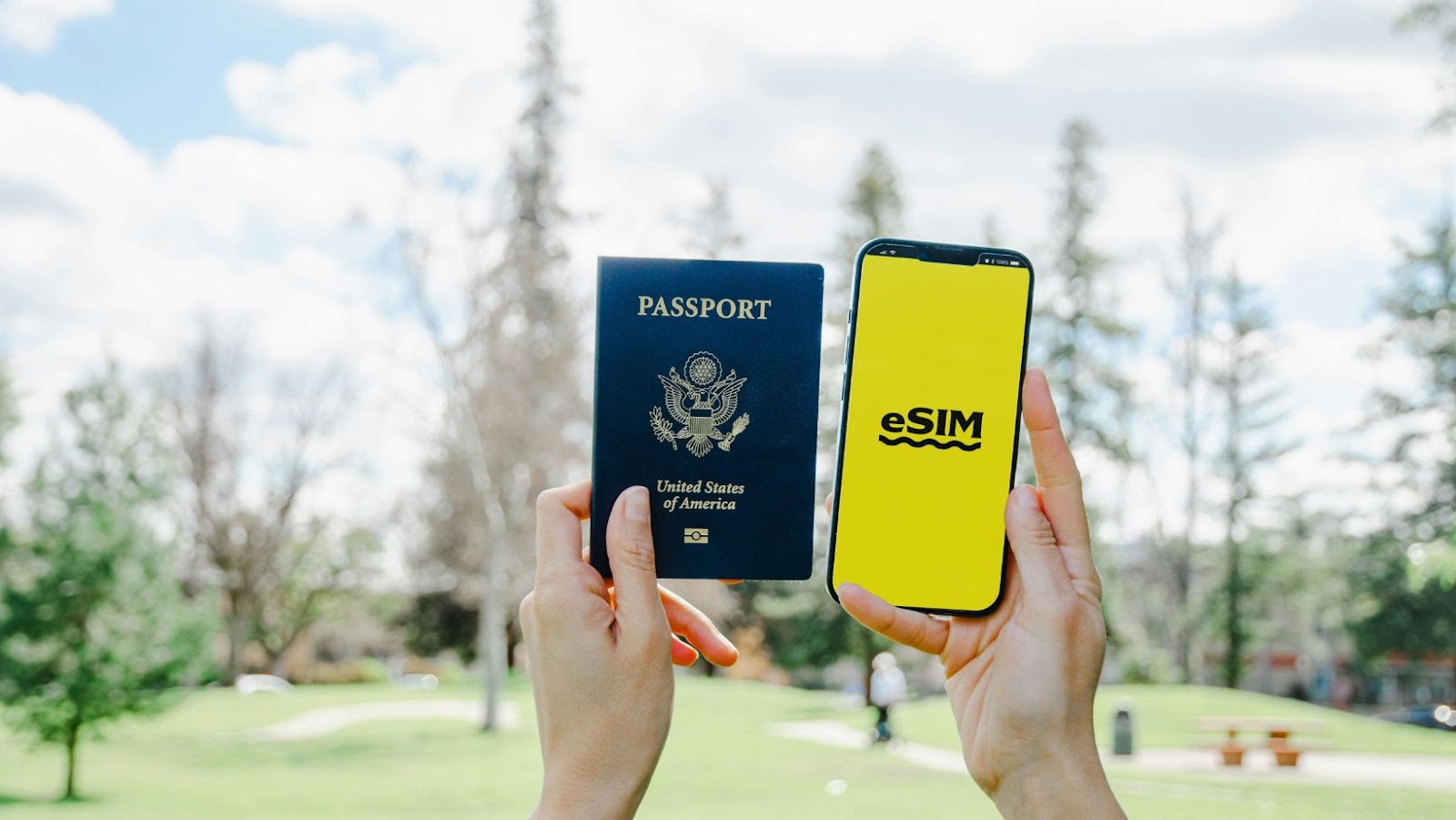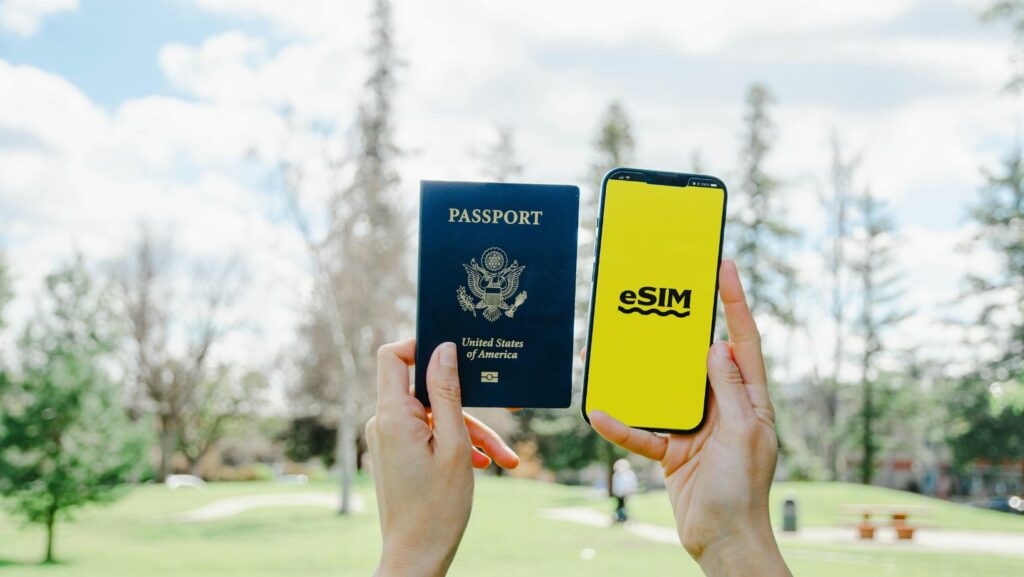Remember fumbling for a paperclip to open your SIM tray after a red-eye? Those days are fading fast. In 2025, more U.S. phones arrive eSIM-ready (some even eSIM-only), letting you download a mobile plan with a quick QR scan—no plastic, no kiosk, no drama. Here’s the plain-English guide, written with a traveler’s eye and a tech blogger’s curiosity.
What Is an eSIM—and How Does It Work?
An eSIM is a secure chip already built into your phone, tablet, laptop, or smartwatch. Instead of inserting a physical card, you scan a QR code and your device downloads a carrier “profile” (the credentials that identify you on the network). You can store multiple profiles—say, your U.S. line plus a data plan for Japan—and switch between them in Settings.
Want a deeper dive into the nuts and bolts? Check out Holafly’s esim for a friendly, step-by-step explainer.
Why eSIM Is Replacing the SIM Tray
Security & Privacy
eSIM profiles live in a tamper-resistant enclave. If your phone disappears, you can revoke the profile remotely—there’s no plastic card to clone or steal.
Hardware Perks
Ditching the tray frees up space for bigger batteries and better waterproofing. Fewer moving parts equals fewer points of failure.
Convenience & Choice
Download a plan in minutes, keep your U.S. number active for calls/SMS, and run a local data line for cheaper internet abroad. No shop queues, no passport photocopies, no currency confusion.
Quick Compatibility Check (30 Seconds)
Most phones sold in the last few years support eSIM.
- iPhone: Settings → Cellular → Add eSIM

- Android (Samsung/Pixel): Settings → Connections/Network → SIM Manager → Add eSIM
- If you see “Add eSIM,” you’re good. Also confirm your phone is unlocked from your carrier.
Cost & Convenience Snapshot
When you travel, your options usually look like this:
| Option | Setup Time | Typical 7-Day Cost | Pros | Cons |
| U.S. carrier day pass | Instant | $70 | No setup | Expensive, daily cap |
| Airport SIM counter | 30–45 min | $25–$40 | Good local value | Queue + SIM swap |
| Pocket Wi-Fi rental | Pick-up/return | $45–$60 | Share with family | Extra device + charger |
| eSIM (buy online) | ~3 minutes | $20–$35 | Cheap, instant, no hardware | Needs compatible phone |
Numbers are typical examples—always check the exact plan details for your destination.
Step-by-Step: Activate an eSIM Before You Fly
1. Buy online. Choose duration/allowance; the QR code arrives by email.
2. Connect to Wi-Fi at home (faster and safer than airport Wi-Fi).
3. Scan the QR (Settings → Add eSIM), then label the profile, e.g., “Japan Data.”
4. Set it as Mobile Data, but keep your U.S. line active for calls and two-factor texts.
5. Toggle Data Roaming for the eSIM profile only.
6. Land and go. Data usually lights up within 30 seconds after Airplane Mode is off.
Real-World Use Cases Americans Care About
- Weekend in Canada or Mexico: Skip the $10/day pass; buy a 3–5 day eSIM and keep iMessage on your U.S. number.
- Two-number life: Work + personal lines on one phone without juggling devices.
- Always-connected laptops & watches: Many Windows ultrabooks and LTE wearables now add plans via QR, too.
Myths, Busted
“I’ll lose my U.S. number.”
No—you can run your domestic line and a travel data line together (dual-SIM/dual-standby).
“It’s not secure.”
Profiles are encrypted and can be revoked remotely. There’s less to physically tamper with.
“Hotspot isn’t allowed.”
Most travel eSIMs support tethering, though some apply fair-use limits. Read the plan details.
“Setup is complicated.”
If you can scan a QR code, you can install an eSIM. The whole process takes about three minutes.
Traveler’s Mini-Checklist
- Download offline maps for tunnels and rural pockets.
- Add emergency numbers and enable SOS on your phone.
- Carry a 10,000 mAh power bank—roaming uses more battery.
- Store your QR code in a secure notes app in case you need to re-add the profile.
The Road Ahead
eSIM isn’t just for vacation hacks anymore. Automakers, health wearables, and logistics trackers are adopting embedded connectivity because it scales better and breaks fewer things. Expect multi-profile devices that hop between networks for the best signal, and laptops that provision a data plan as easily as installing an app.

